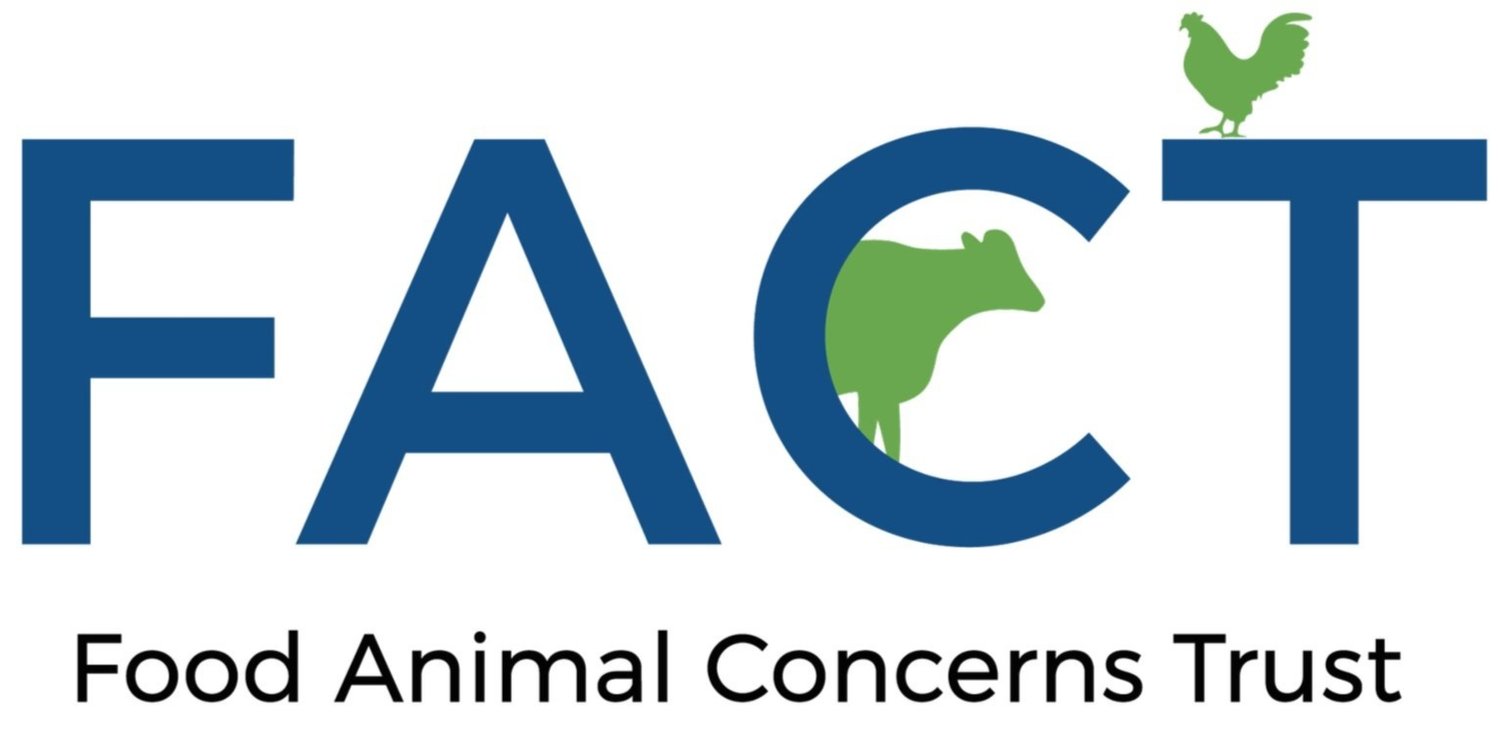Livestock Farm Workers are First in Line From Superbug Infections From Unhealthy Food Animals
By Steve Roach, Safe and Healthy Food Program Director
While most people that catch a superbug created by the unhealthy factory farm system get it from contaminated food, those who are most at likely to get sick are farm workers. Farm workers may then carry the superbug back to their families and communities. The problem is made worse by lack of access to health care for workers.
A recent study from Minnesota found that people who work with food animals had an incidence of enteric disease almost eight times higher (147/10,000) than the general public (18.5/10,000) though most people getting sick did not handle animals. This study looked at Salmonella, Campylobacter, E. coli, and Cryptosporidium but farm workers are exposed to many other diseases. For example, farm workers are at risk from avian and swine flu viruses. While most of the time, this leads to fairly mild illness that does not spread between people, there is a real risk that the animal virus will mix with a human flu virus and become something much more dangerous. It should not be surprising that farm workers are at higher risk of illness. Animals are the source of many diseases including global pandemics and the giant facilities where most animals are raised are ideal places for disease to spread.
Animals in these giant facilities are pumped full of antibiotics which is administered in their feed or water. The end result is a lot of antibiotic resistant superbugs. Unsurprisingly, when livestock workers are infected with bacteria transmitted from animals it is often resistant to the drugs needed to treat it. These difficult to treat bacteria are what we call superbugs. Getting infected with a superbug leads to more serious illness, more hospitalization, and more death. Livestock workers are at risk of increased resistant enteric infections from Campylobacter, Salmonella and E. coli. In addition, they are at greater risk from resistant Staph infections. Workers in livestock slaughter facilities also are at increased risk for these resistant infections.
While livestock workers are at greater risk from infections including resistant infections, they also have less access to resources to protect their health or to get treated when they become ill. While there is limited information about livestock workers available, we do know they are more likely to be Hispanic, be born outside the U.S. and less likely to have a high school education than workers in general. Livestock work is also low paid and located in areas distant from health services. The end result is that farm workers have significant barriers to accessing adequate health care which compounds the problems created by greater risk of infection.
When it comes to superbug infections, everyone is at risk but there are two groups of people that are most impacted: 1) livestock workers and 2) people with health conditions that increase their risk of infection. In developing policies to address superbug infections, these vulnerable groups should be protected.
